$ugar Pain
Term Spring 2022 Harvard Graduate School of Design
Course Interrogative Design: Cultural Prosthetics
Instructor Krzysztof Wodiczko
Partner Xiaoji Zhou
Program Arduino, Processing
$ugar Pain is a wearable and performance art that intends to reveal the unequal relationship between diabetes, in-come, and the food industry in the USA. Diabetic patients with lower income are more vulnerable to the high sugar content in cheaper food. The inflatable wearable reflects the often neglected and invisible pain of Edema those dia-betic patients face. Edema, usually refers to swollen an-kles and feet but can involve the entire body, is a symptom of diabetes that occurs when specific tissue in the body gets filled with fluid. While visualizing the invisible pain as a growing prosthetic, this project connects retail price di-rectly to such pain of diabetes through barcode scanning. Inspired by the blood glucose monitoring device that ex-tracts blood from the fingertip, the portable scanner trans-mits barcodes. It calculates the ratio of price and sugar content to control the level of inflation of the prosthetics.
Course Interrogative Design: Cultural Prosthetics
Instructor Krzysztof Wodiczko
Partner Xiaoji Zhou
Program Arduino, Processing
$ugar Pain is a wearable and performance art that intends to reveal the unequal relationship between diabetes, in-come, and the food industry in the USA. Diabetic patients with lower income are more vulnerable to the high sugar content in cheaper food. The inflatable wearable reflects the often neglected and invisible pain of Edema those dia-betic patients face. Edema, usually refers to swollen an-kles and feet but can involve the entire body, is a symptom of diabetes that occurs when specific tissue in the body gets filled with fluid. While visualizing the invisible pain as a growing prosthetic, this project connects retail price di-rectly to such pain of diabetes through barcode scanning. Inspired by the blood glucose monitoring device that ex-tracts blood from the fingertip, the portable scanner trans-mits barcodes. It calculates the ratio of price and sugar content to control the level of inflation of the prosthetics.



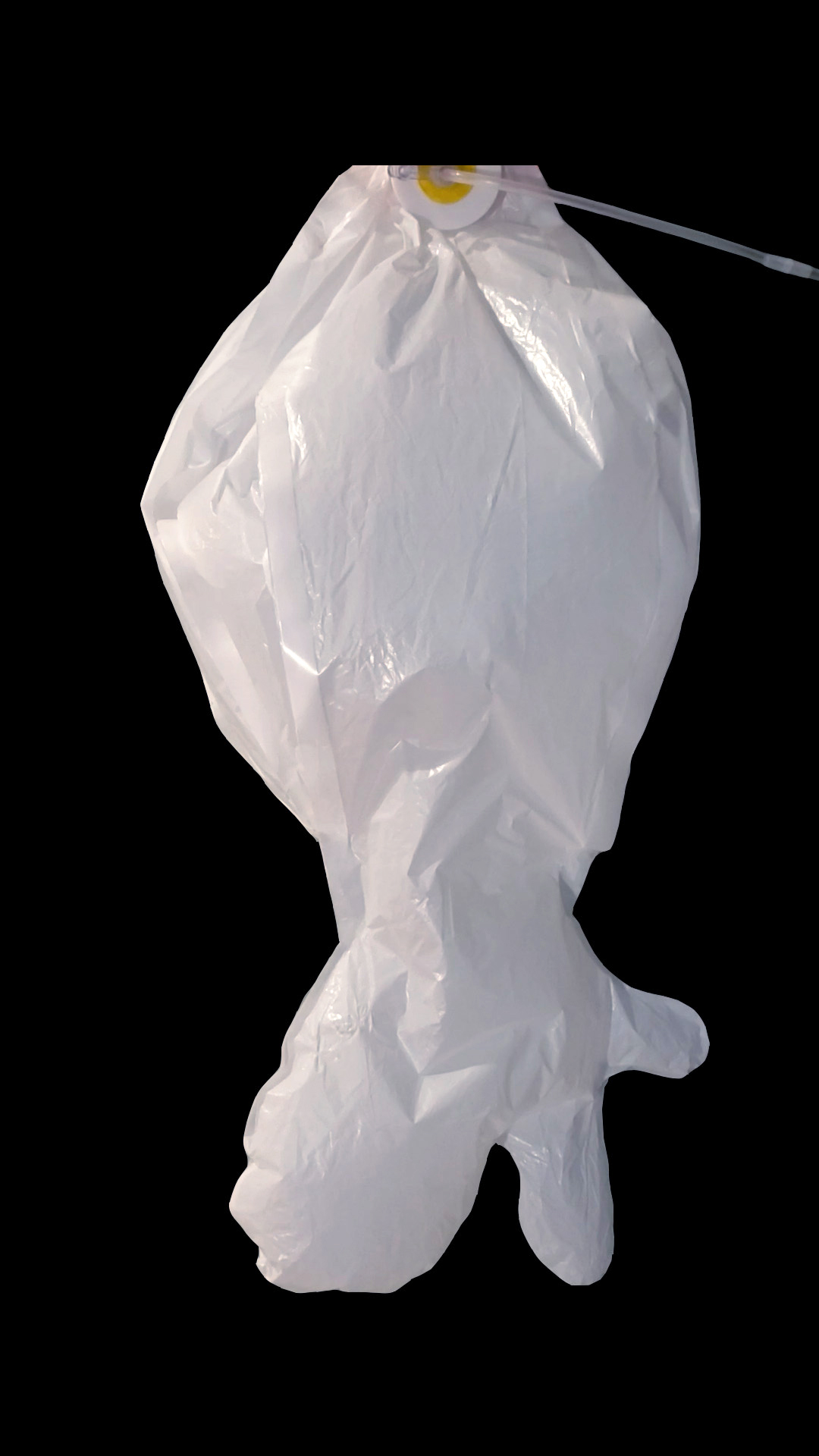
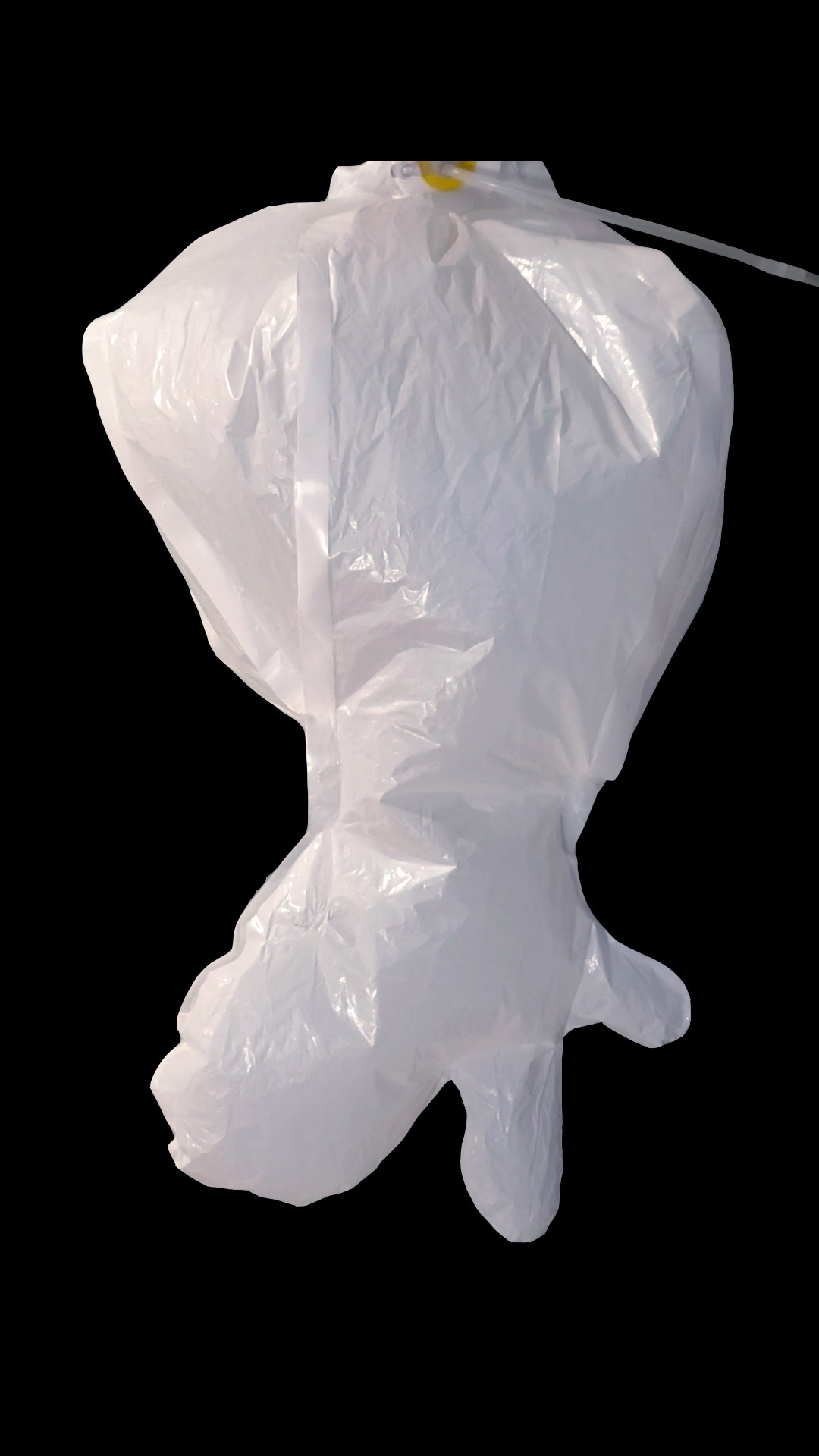
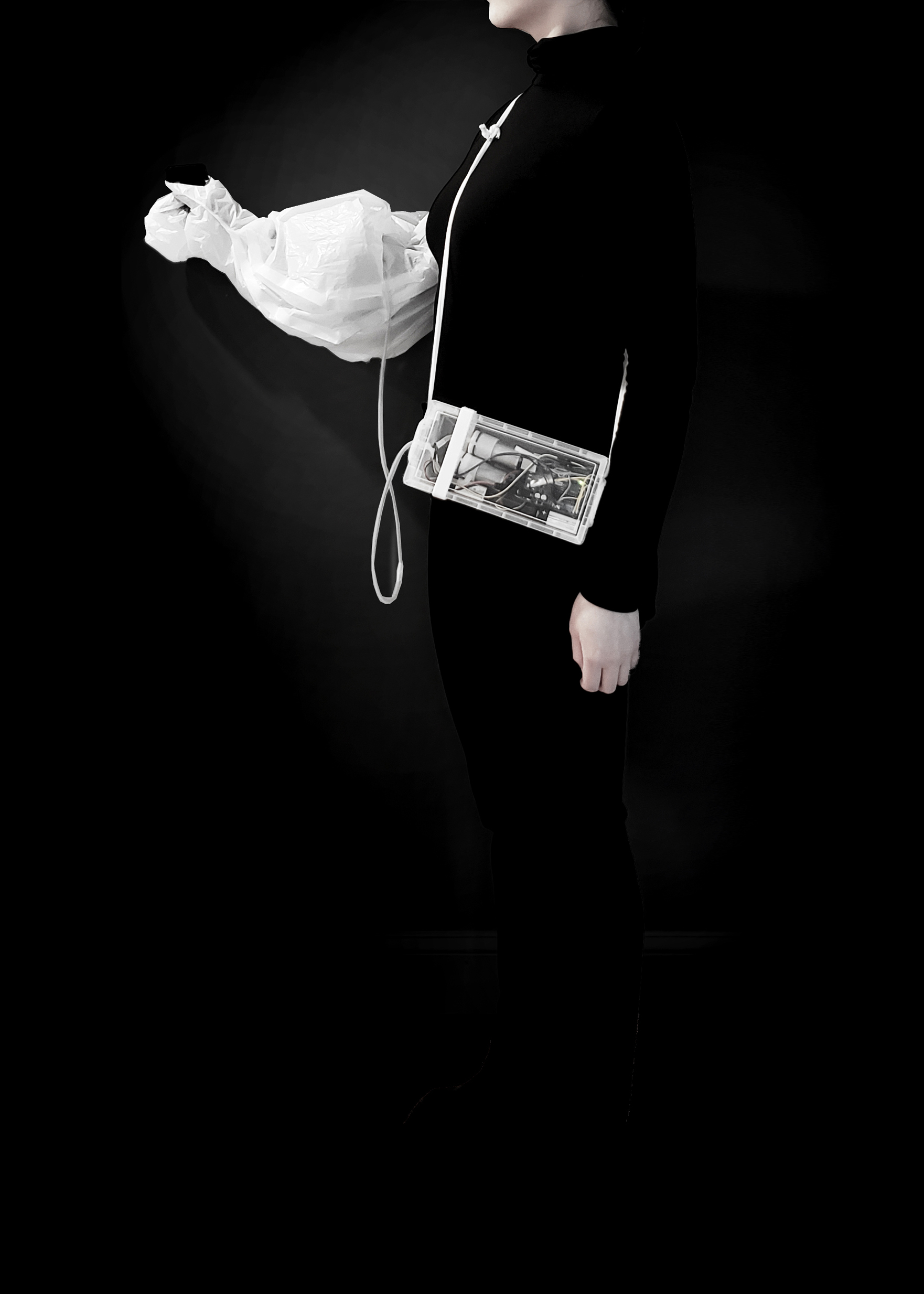


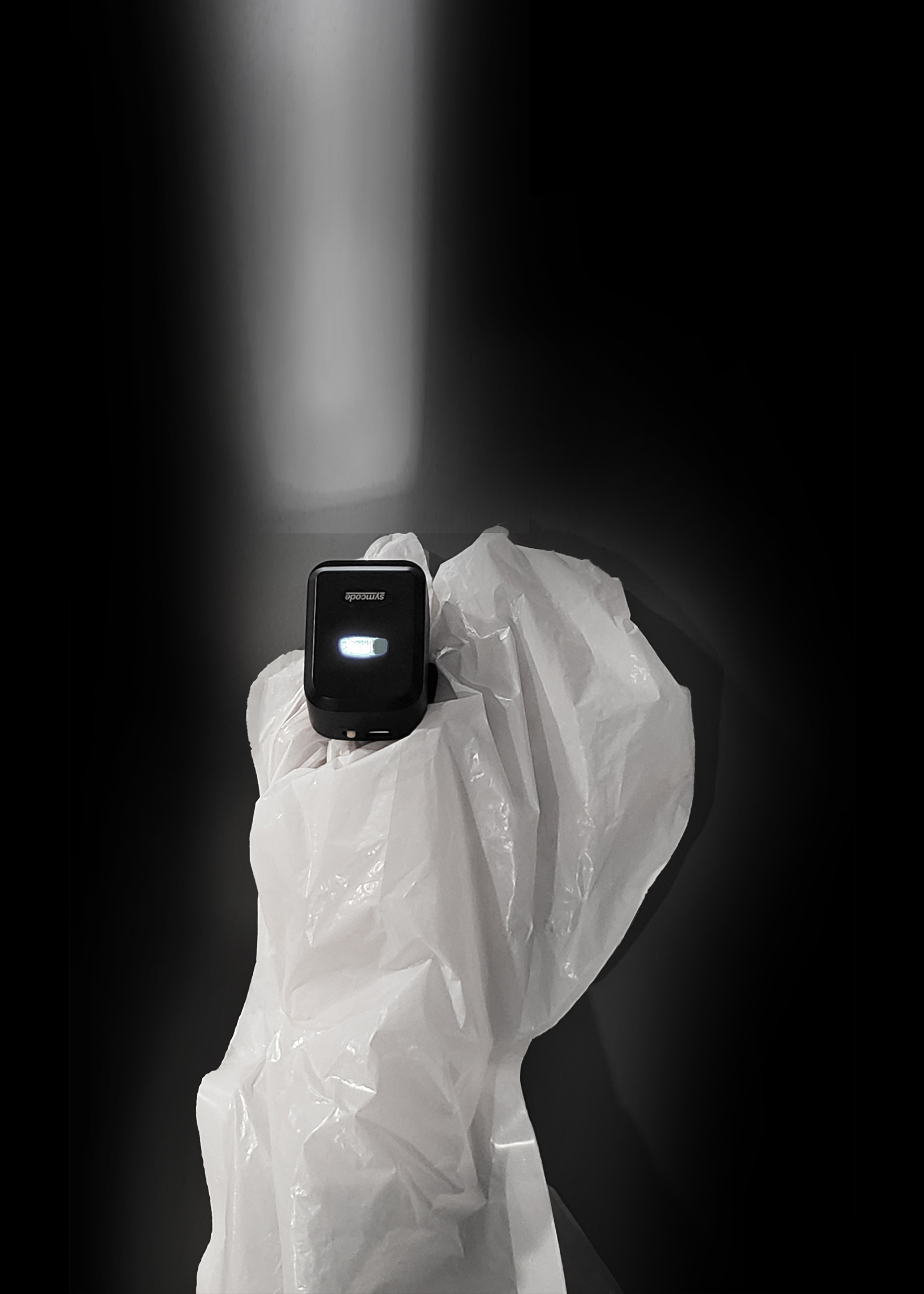
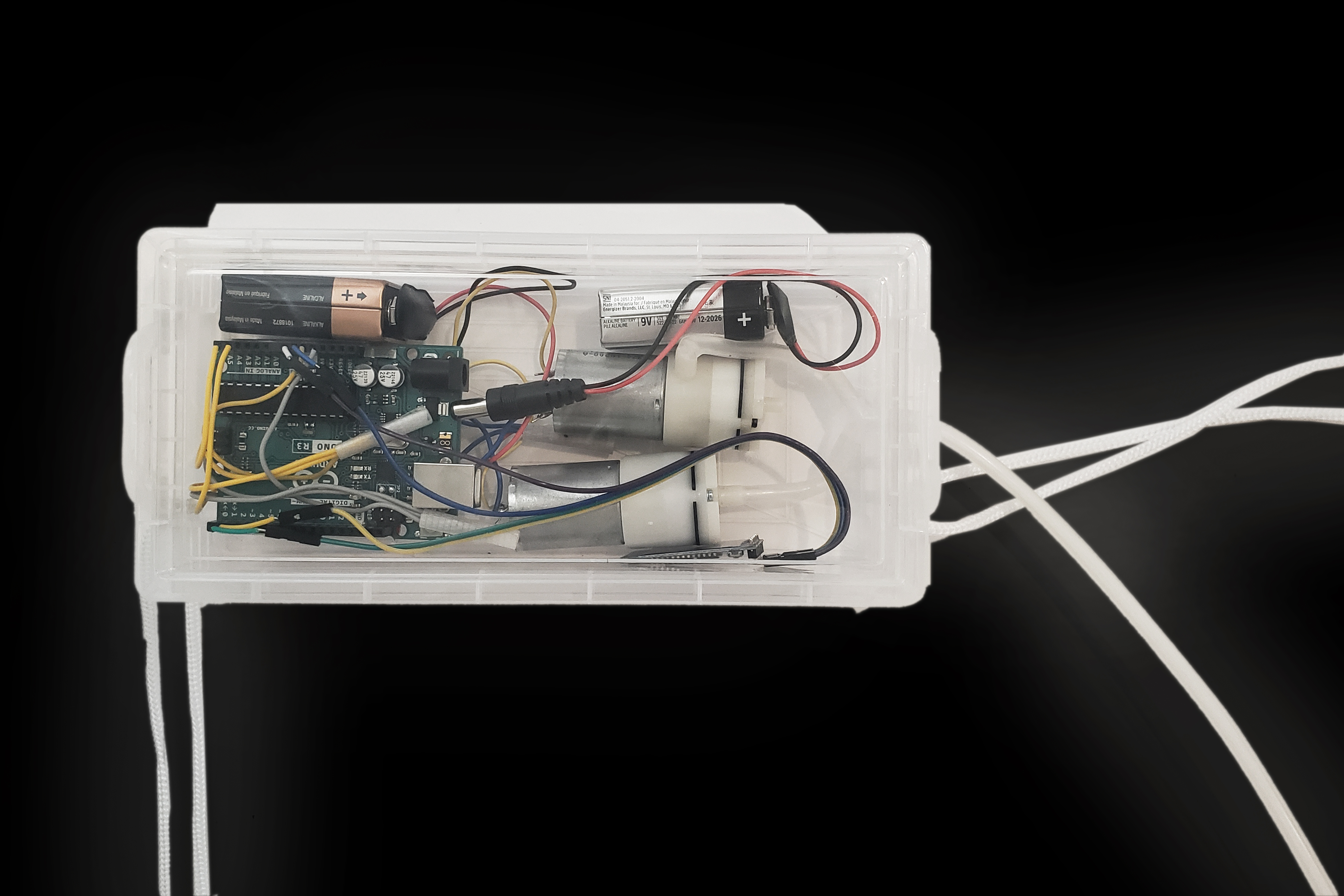


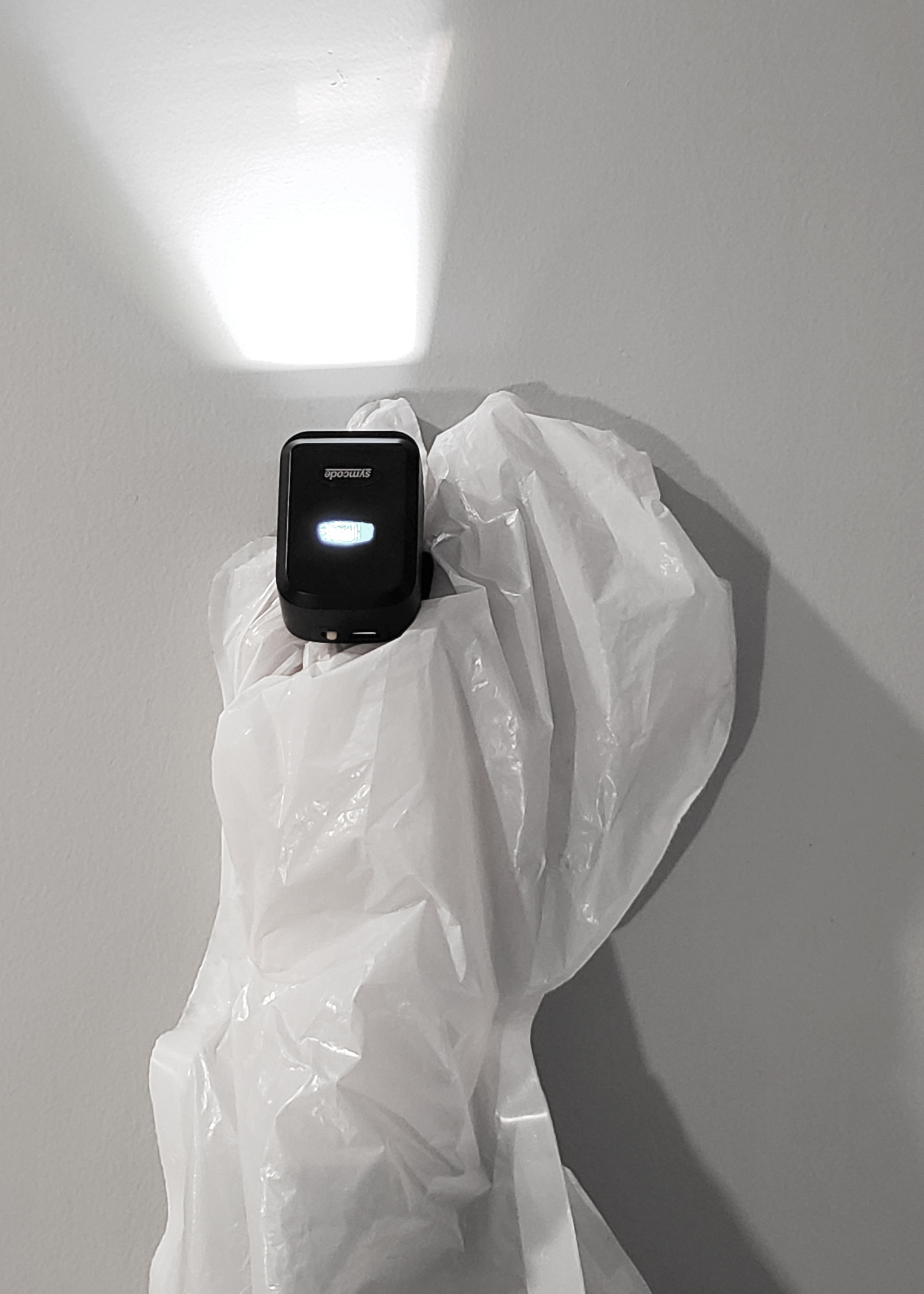






















Kirkland Gallery Exhibition

In the Interrogative Design: Cultural Prosthetics course, students were encouraged to critically interrogate and proactively respond to the existential, communicative and survival needs of the estranged, marginalized and excluded persons or social groups. Through design interventions, students address the unacceptability of such needs—and of the conditions of life that produce them—in a civilized world. By exploring alternate modes of representation, each work confronts a different social issue that defines our society. The Scene Maker provides a new way to experience the social construction of cultural norms, allowing the audience to perform, conform, or misbehave. Gaze Armor complicates and responds to the male gaze and creates the conditions to regain a sense of empowerment and agency. Futile Instrument repurposes outdated military surveillance technology in order to call attention to the intense feelings of sadness, neglect, and helplessness during war. The Garments of Discomfort line draws attention to the cultural stigmas surrounding menstruation, utilizing sensations of unease and humor to raise awareness about period shaming. Post-helmet acts as a cathartic and therapeutic device for veterans to process a wide range of emotions and experiences as they transition from active duty service to civilian life. Waterbody challenges the impending problem of water scarcity and interrogates the emergence of increasing commodification and contention over water access and control. Finally, $ugar Pain responds to the social and socio-economic inequities that may cause and lead to diabetes, urging the audience to take a closer look at the relationship between sugar content and low cost foods.
By focusing on the question as the point of interrogation, students accrued new ways to engage with the most prominent issues of our time. In Rosalyn Deutsche’s words, the “utopia” of such interrogative design projects should be based on “the hope that their very function will render them obsolete”.